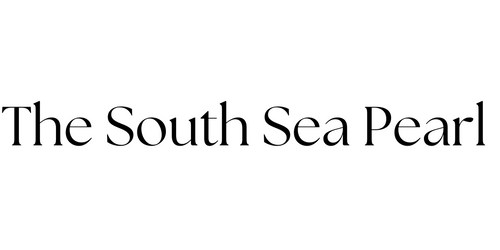Akoya pearls are generally the most fragile and least durable of all cultured pearls due to their thin coatings of nacre. Akoya pearls are also almost always treated in some way. As a point of reference, an Akoya is deemed to be good quality if its nacre is 0.15mm thick. Good quality Australian South Sea pearls have on average at least 2mm of nacre. The natural pearl nacre of Australian South Sea pearls will respond well to body oils, etc. Being made primarily of calcium carbonate, it is softer than diamonds and will react adversely to acids which destroy calcium carbonate – as would our teeth.
While natural Australian South Sea pearls are rarely found in the wild today, cultured pearls are virtually indistinguishable from their natural ancestors.




